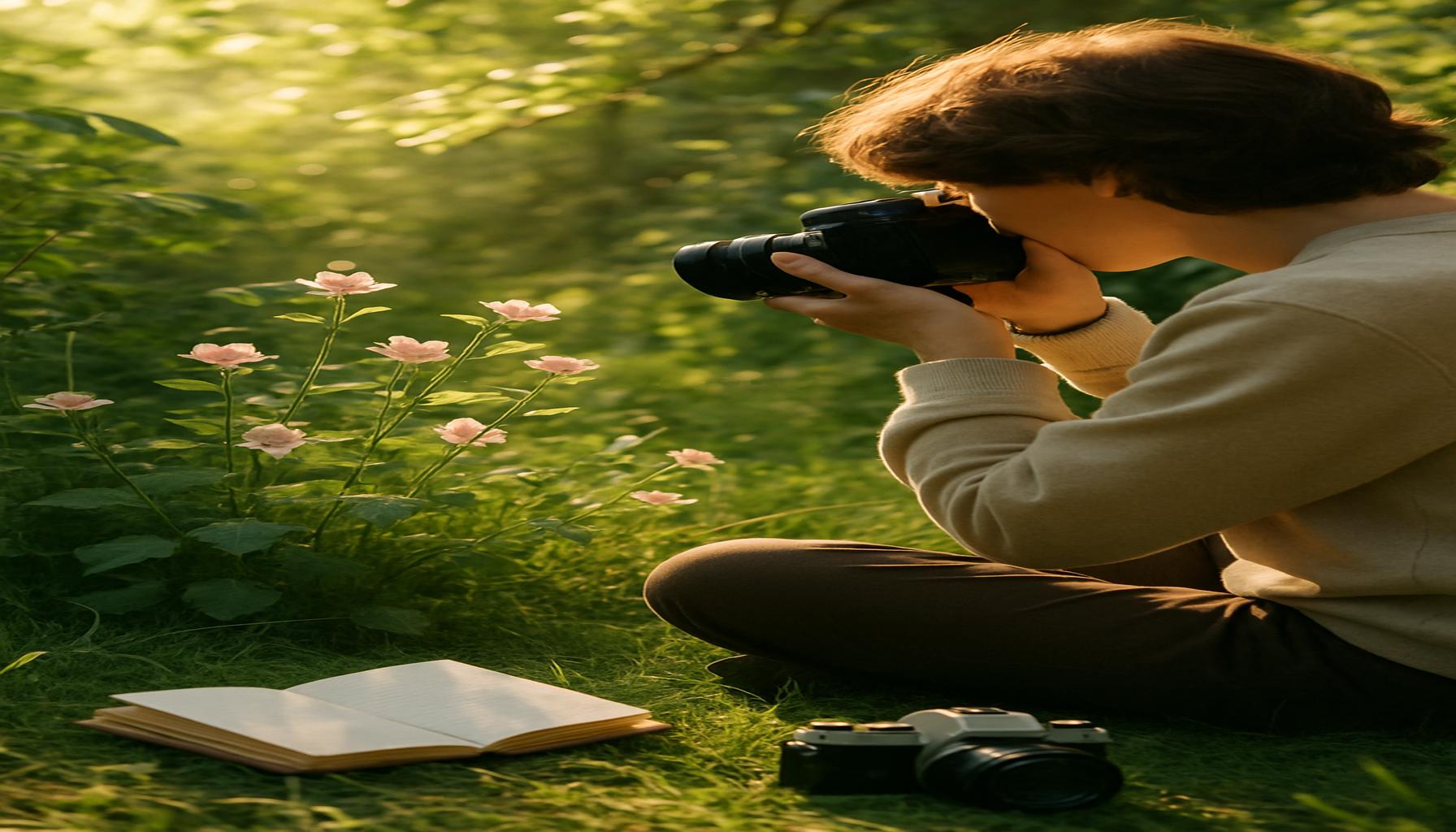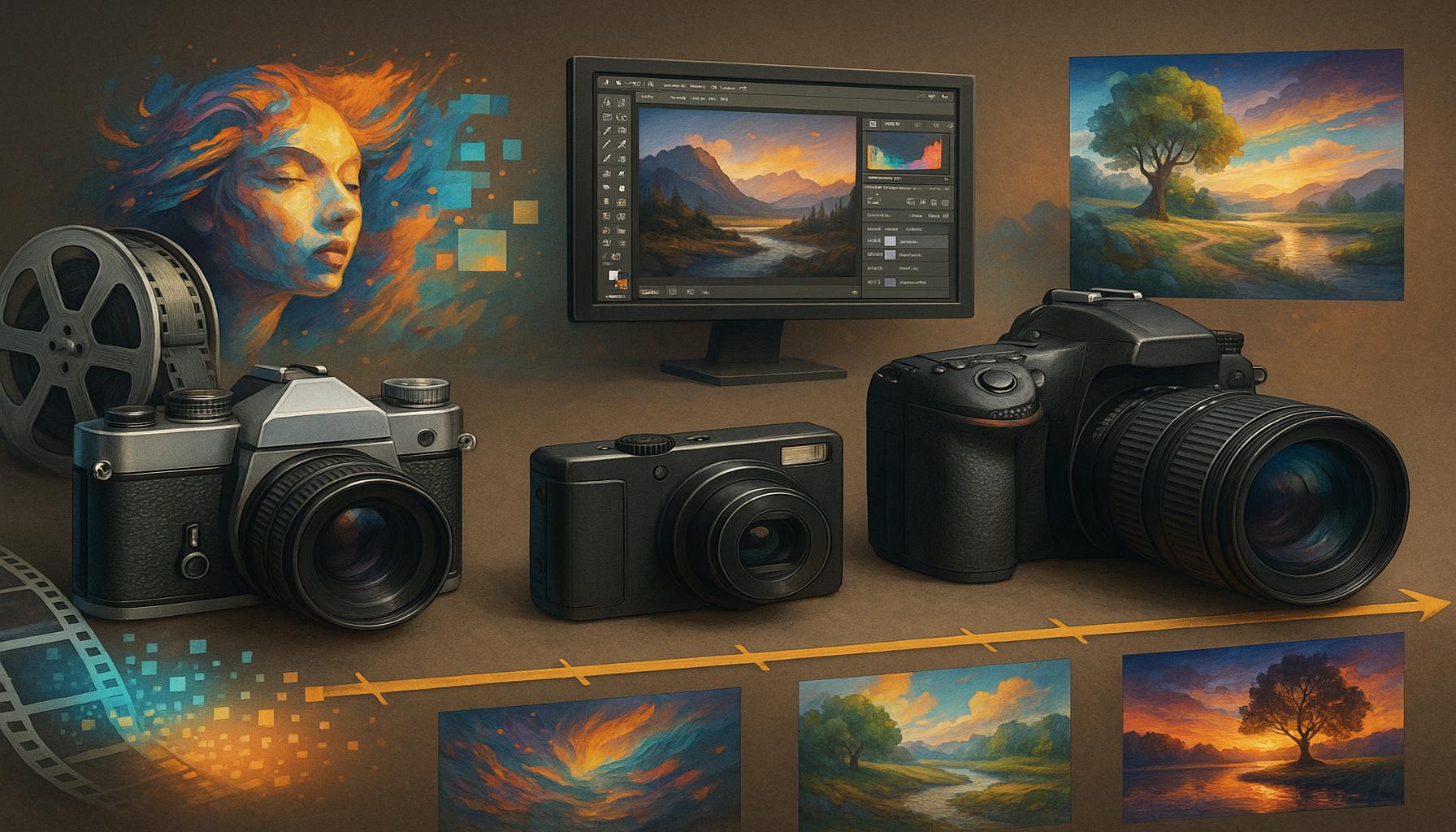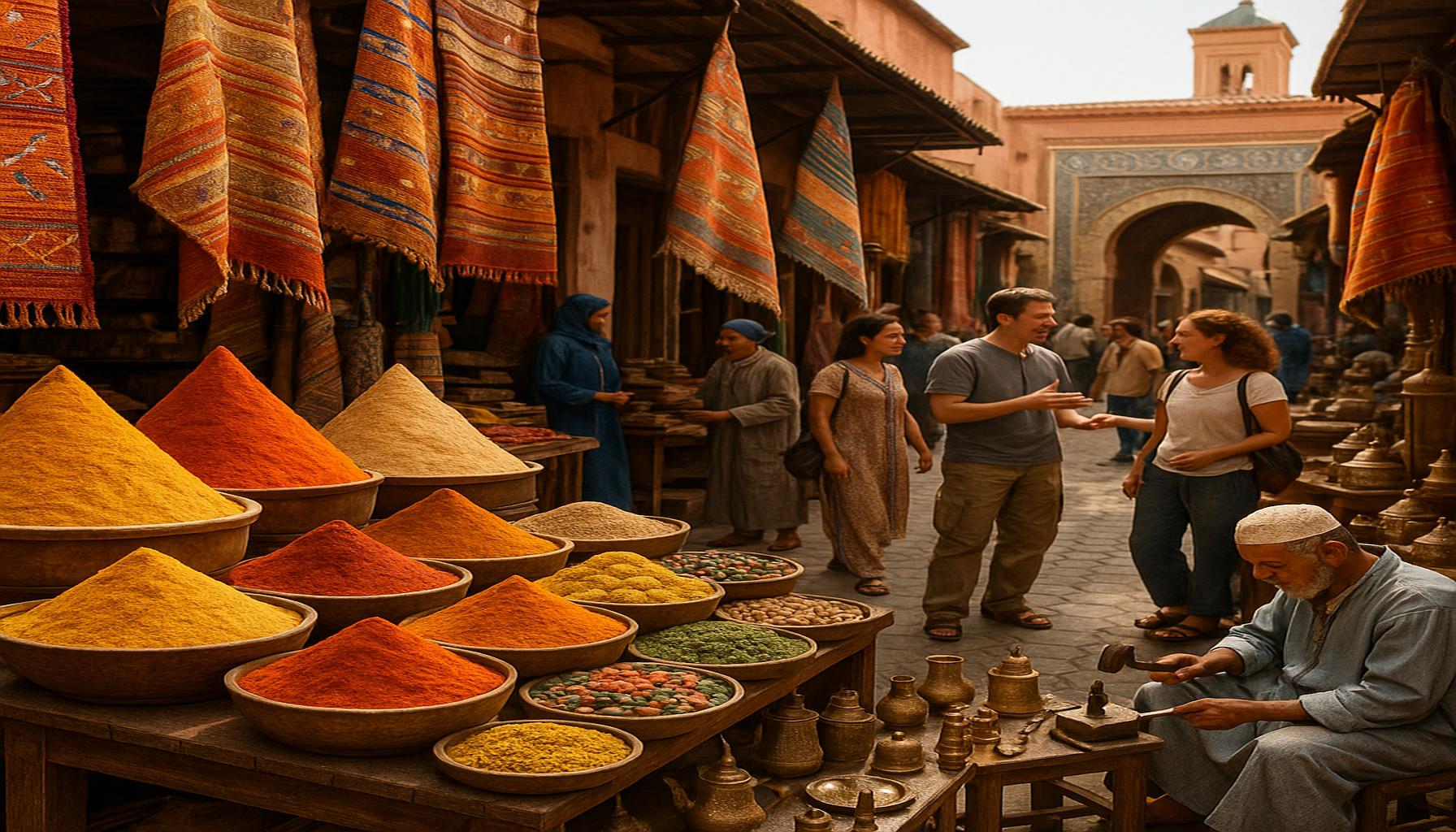How Documentary Photography Can Capture Reality and Tell Impactful Stories
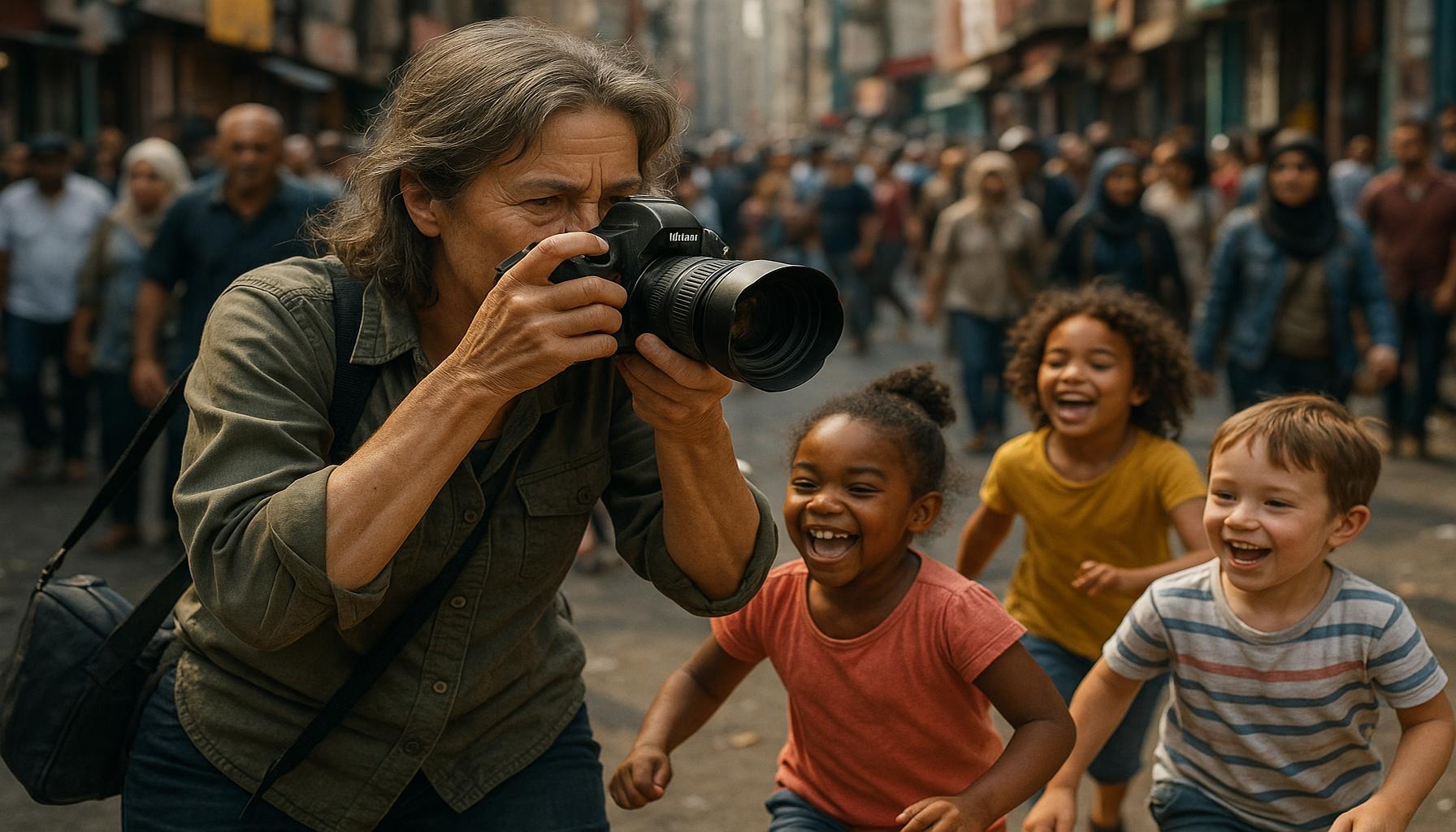
The Essence of Documentary Photography
Documentary photography serves as a powerful medium for storytelling, revealing layers of human experience often overlooked. Through its lens, photographers capture the essence of reality, allowing viewers to engage with topics that matter deeply. This art form not only preserves moments in time but also challenges societal norms and stimulates thought.
Consider these crucial aspects of documentary photography:
- Real-life context: Each photograph provides insight into the lives of individuals and communities. For instance, photographs taken during the civil rights movement encapsulated not only the struggles faced by African Americans but also the broader fight for justice and equality. These images have become historical records that offer context to contemporary society.
- Emotional resonance: Striking visuals evoke feelings, prompting viewers to connect personally with the narratives. An iconic image of a refugee child, for example, can elicit empathy and provoke thought, compelling the audience to engage in discussions about immigration and human rights.
- Social issues: Documentaries often address climate change, poverty, and human rights, encouraging awareness and action. Photographers like Sebastião Salgado have focused on environmental degradation, capturing the stark realities of deforestation and its impact on indigenous communities, thus advocating for change through their visual storytelling.
In the United States, impactful examples abound. From the haunting images of the Great Depression captured by Dorothea Lange to contemporary works highlighting racial inequality or environmental degradation, these photographs serve as historical documents and catalysts for change. Lange’s photo of the “Migrant Mother” is a testament to human resilience amidst hardship and has become emblematic of that period in history, igniting conversations about economic disparity and social welfare programs that persist today.
Furthermore, the works of contemporary photographers like LaToya Ruby Frazier illustrate how personal narratives intersect with broader societal issues. Frazier’s project focusing on her family’s struggles in a post-industrial city not only documents their story but also highlights issues surrounding public health and environmental racism, making her work significant in various discussions.
The stories behind these images can ignite passion and spark discussions, pushing communities toward a better understanding of their realities. By capturing authentic moments, documentary photography conveys messages in a profound way, often leading to advocacy and change.
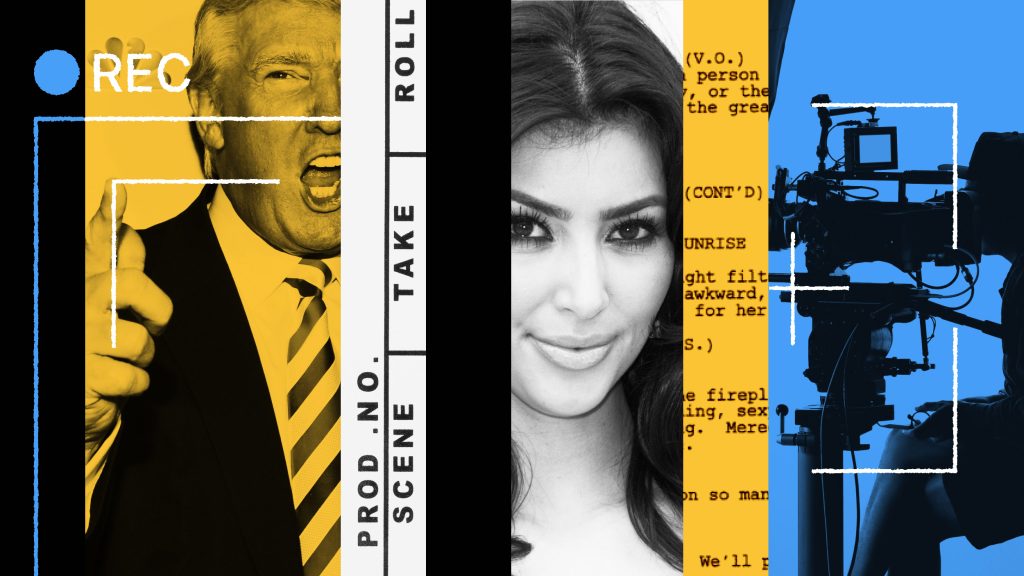
Through this exploration of documentary photography, we will uncover how this compelling practice shapes perceptions and communicates the truth in ways that words alone cannot. Join us as we delve into the techniques, examples, and significance of this unique art form. Whether it is through the lens of a camera or the stories they tell, documentary photographers challenge us to look beyond the surface and engage with our world.
DISCOVER MORE: Click here to dive into the therapeutic power of photography
Illuminating Realities Through Images
At its core, documentary photography serves as both witness and storyteller, encapsulating the reality of the human condition in a way that is both immediate and profound. Photographers wield their cameras like pen and paper, crafting narratives that delve into social issues, systemic challenges, and the myriad experiences—joyous, sorrowful, and everything in between—that define our lives. Through thoughtful composition and the ability to capture raw emotion, they create a bridge between the viewer and the story being told.
One of the powerful aspects of documentary photography is its ability to bring underrepresented voices to the forefront. By focusing on marginalized communities and seldom-seen aspects of society, documentary photographers illuminate realities that many may avoid or ignore. For instance, the works of photographers like Matthew Brady and Gordon Parks have given visibility to racism, poverty, and human rights abuses throughout American history. Their powerful imagery challenges viewers to confront uncomfortable truths, igniting conversations that may otherwise remain silent.
Key Elements of Effective Documentary Photography
To understand how documentary photography can effectively convey impactful stories, it’s essential to consider several key elements that characterize this genre:
- Authenticity: Unlike staged photographs, documentary photography relies on authentic moments that unfold naturally. It captures candid interactions, depicting life as it is rather than how we wish it to be. The genuine expressions and spontaneous actions recorded often resonate deeply with viewers.
- Narrative Structure: Successful documentary photographers construct a narrative through a series of images, drawing viewers into the story. Each photograph serves as a chapter, providing context and emotional depth that together create a fuller understanding of the subject matter.
- Contextual Background: Accompanying text is often vital in documentary photography, providing essential information about the subject. Captions and essays help explain the social, political, or historical context of an image, enriching the viewer’s understanding.
These elements combine to produce visual storytelling that resonates with audiences, prompting reflection and discussion. The striking imagery found in the work of photographers like W. Eugene Smith and their renowned photo essays showcase the ability of documentary photography to narrate complex stories within a single frame or across a series of images.
Moreover, the digital age has amplified the reach and impact of documentary photography. Through social media platforms and online galleries, contemporary photographers can distribute their work to a global audience instantly, allowing stories to resonate across cultures and borders. As viewers, we are presented with a wealth of diverse perspectives that challenge our understanding of the world, fostering empathy and encouraging active engagement with the stories of others.
Ultimately, documentary photography serves as a profound reminder of our shared humanity. By documenting real-life experiences and struggles, photographers not only create compelling visual narratives but also foster a deeper awareness and understanding of our world. As we navigate the complexities of contemporary life, these images compel us to look beyond the surface and confront the realities we may prefer to overlook.
How Documentary Photography Engages Audiences
Documentary photography has an extraordinary ability to engage audiences by offering a glimpse into worlds that may be unknown to them. Through skillful storytelling and visual narratives, it fosters empathy and awareness. This genre invites viewers to witness candid moments, capturing not just the aesthetic aspects of life but also the deeper emotional undercurrents and societal issues. The candid nature of documentary photography allows audiences to connect more profoundly with subjects, evoking a compelling emotional response. Moreover, by adhering to the principles of authenticity, documentary photography serves as a critical tool for journalism and social change. Photographers often find themselves documenting complex human experiences, such as poverty, conflict, and joy. Each photograph can compel action, provoke thought, or instigate discussion, thus playing a vital role in shaping public opinion and policy.For those interested in exploring how documentary photography impacts societal awareness and change, the following table provides an overview of its key advantages.
| Category | Details |
|---|---|
| Authenticity | Captures unfiltered realities, allowing viewers to engage with genuine human experiences. |
| Storytelling | Narratives in images reveal complex themes, fostering deeper understanding and emotional engagement. |
| Societal Impact | Influences public opinion by raising awareness of pressing social issues, encouraging discourse. |
| Emotional Connection | Creates an emotional bond between the subject and audience, stirring feelings of empathy. |
Through the lens of documentary photographers, the world transforms into a canvas of stories waiting to be told and understood. This transformative power compels viewers to reflect not just on the images but also the narratives behind them, igniting a continual dialogue on the human condition.
DISCOVER MORE: Click here to dive into the art of storytelling
Visual Empathy and Social Change
Another compelling aspect of documentary photography lies in its potential to instigate social change through visual empathy. Photographs have an uncanny ability to engage viewers emotionally, allowing them to connect deeply with the subjects portrayed. For example, images documenting humanitarian crises—such as the plight of refugees fleeing war-torn regions—succeed in transcending geographical and cultural barriers. Iconic photos, like those taken by Kevin Carter during the Sudan famine in the 1990s, compel viewers to confront the harsh realities faced by disenfranchised populations. Such imagery not only serves to educate the public but often ignites a call to action, whether it be through donations, advocacy, or direct engagement with the issues at hand.
The influence of documentary photography is further amplified when it intersects with activism. Movements such as Black Lives Matter and the Fight for $15 have utilized powerful imagery to communicate their messages and rally support. Photographers document protests, capturing the fervor and passion of individuals standing up against systemic injustices. These images become rallying points in social media campaigns, quickly going viral and reaching millions, thereby amplifying the movement’s impact. In doing so, documentary photography emerges as not just a tool for storytelling, but a vital instrument for advocacy that fosters social awareness and motivates change.
The Role of Technology in Documentary Photography
The advent of modern technology has transformed the landscape of documentary photography, providing new avenues for storytelling and engagement. Digital cameras, smartphone technology, and editing software have made photography more accessible than ever, allowing aspiring documentarians to capture stories that were previously underrepresented. Social media platforms like Instagram and Facebook have become vital tools for sharing visual narratives, with photographers able to reach diverse audiences far beyond the traditional galleries and publications.
Furthermore, the incorporation of multimedia elements has enriched the storytelling experience. Many contemporary documentary photographers integrate video, audio, and interactive components into their work, offering a more immersive encounter with their subjects. Projects such as “Humans of New York” exemplify this trend, blending photography with personal anecdotes shared by individuals, thus creating a more nuanced understanding of complex societal issues. As a result, the line between photography and multimedia storytelling continues to blur, leading to more dynamic forms of engagement and communication.
Equally important is the emergence of ethical considerations that come with the power of documentary photography. Photographers must navigate the delicate balance of truth and representation, cultivating trust with their subjects while accurately portraying their stories. Ethical documentary photography demands a thoughtful approach, encouraging photographers to consider the larger impact their work may have on communities and individuals. By prioritizing consent and respecting the dignity of their subjects, photographers strengthen the integrity of their narratives and contribute positively to the discourse surrounding social issues.
Through these avenues, documentary photography serves as an essential medium for visual storytelling, bridging the gap between art, journalism, and activism. By capturing authentic moments and fostering emotional connections, it holds the potential to not only depict reality but also provoke critical dialogues among viewers, thus contributing to a more informed and empathetic society.
DISCOVER MORE: Click here to dive into the evolution of digital art
Conclusion
In summary, documentary photography stands as an influential tool that captures the essence of reality while weaving impactful narratives that resonate with diverse audiences. It transcends mere visual representation; it functions as a bridge between the observer and the intricacies of human experience. Through its profound ability to evoke visual empathy, documentary photography fosters connections that encourage viewers to confront uncomfortable truths and engage with pressing social issues.
The intersection of technology and ethical considerations has further enriched this art form, empowering photographers to harness modern tools to amplify voices that have long been marginalized. The rise of social media platforms enables these visual stories to reach unprecedented audiences, ensuring that critical dialogues remain alive in public consciousness. As we witness movements for change—be it social justice, environmental preservation, or humanitarian efforts—powerful images continue to galvanize support, shifting perspectives and mobilizing action.
Ultimately, the compelling nature of documentary photography lies not only in its ability to inform but also to inspire. It beckons us to ask difficult questions, reflect on our roles within society, and consider how we can contribute to meaningful change. By embracing the potential of documentary photography, we can collectively foster a more informed, empathetic, and engaged world, where the stories of all individuals are seen, heard, and valued.

